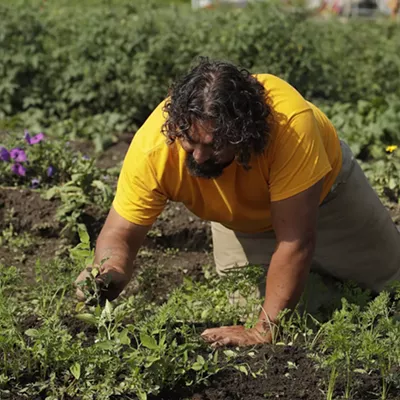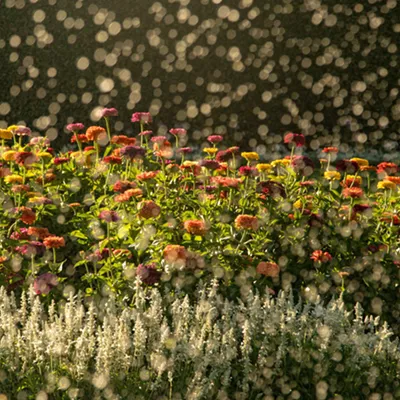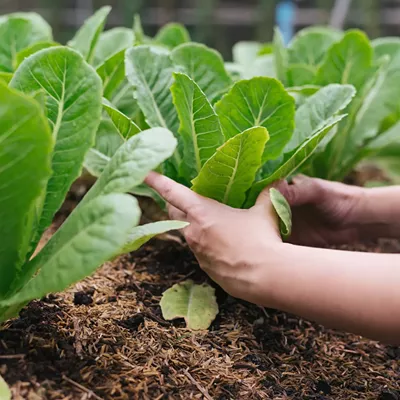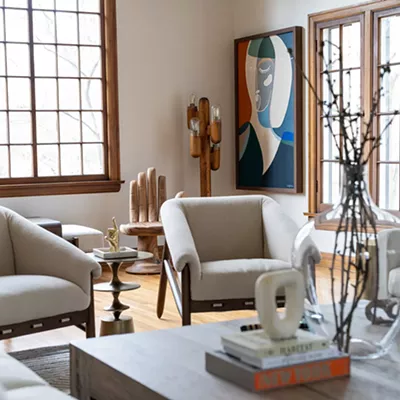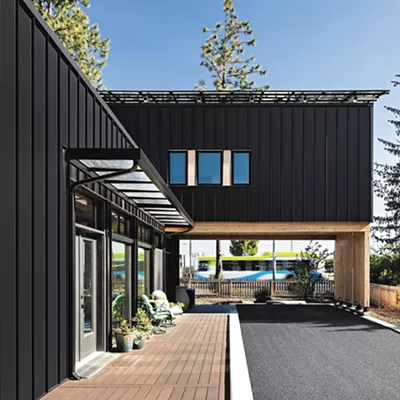Short days and long cold nights leave many of us looking for ways to keep our indoor spaces just a little brighter. One great way to do that is by creating an indoor garden for common kitchen herbs like basil, parsley, thyme and mint.
Ideas abound for creating clever planters — from suspended glass jars or tin cans, to wooden trays, painted terra cotta pots, PVC pipes, plastic bottles, milk cartons, tea cups and more. For the less crafty, there are also mini greenhouse kits complete with seeds and built-in lights.
After you figure out the vessel, it's time to get started with the plants.
While your choice of containers is nearly endless, when it comes to growing, "Less is more in terms of gardening," says Justin Bickston, owner of 509 Grow, an indoor gardening and hydroponics shop on North Division in Spokane, noting that the best thing for beginners is to keep it simple.
"Plants are pretty self-sufficient, so indoor growers mostly just have to keep in mind three factors: light, water and air. The more light you have, the more vigorous your growth. A bit of fresh air exchange and a good regimen of watering and you're set."
Bickston says starter seed trays or kits are good to start with, because they usually have basic plant varieties. "Herbs are easy to grow as long as you don't overwater or overfertilize, and stay patient."
Jeff Johnson, manager and co-owner of Spokane Organic and Hydroponic Supply, on East Sprague, says herb gardeners can begin with the standard herb varieties, but he says shoots of salad vegetables like arugula, spinach, kale, chard, beetroot and mung bean sprouts also are popular.
"Microgreens like those are popular because you're able to pick them just after their first leaves have developed," he says.
Johnson advises beginners start with a tray filled with either soil or rockwool (a planting medium made from spinning molten basalt rock into fine fibers), a fluorescent light and seeds.
"The T5 fluorescent light is excellent for growing herbs, sprouts and leafy greens," he says.
Johnson says once plants have started growing, gardeners can continue to harvest until they start to flower.
"They don't taste as good after flowering," he says. "You may also want to restart once your tray or soil starts to get too worn down."
Alan Creach, is a co-owner of Creach Greenhouse and the Plant Farm, two gardening businesses in Spokane Valley. While his businesses sell a wide variety of herbs, Creach says the most popular are rosemary and lavender, followed closely by basil and mint.
"Mint varieties are picking up in popularity, because people like to add them to tea and other drinks," he says. "During the holiday season it's popular for people to buy assortments of seasonings like basil, parsley, sage, rosemary and thyme for using in holiday dinners." The herbs are not only tasty, but can also be attractive decorative elements.
"I encourage people who're interested to carefully consider different varieties, as each one has different colored leaves and textures," Creach says. Those elements are easier to appreciate if you buy plants rather than growing from seeds.
"You can start from seed or a kit, but if you want a better quality plant you should go with a local grower, whose plants are usually created from cuttings and sold in containers of three to five plants," he says.
Creach suggests starting plants in a shallow dish or bowl, where water and air can move more easily through the soil.
"In winter especially you want soil that's coarse with good drainage, and a good light source because herbs thrive best in light," he says. "Another good idea is regular fertilization with a fertilizer that's water soluble."




